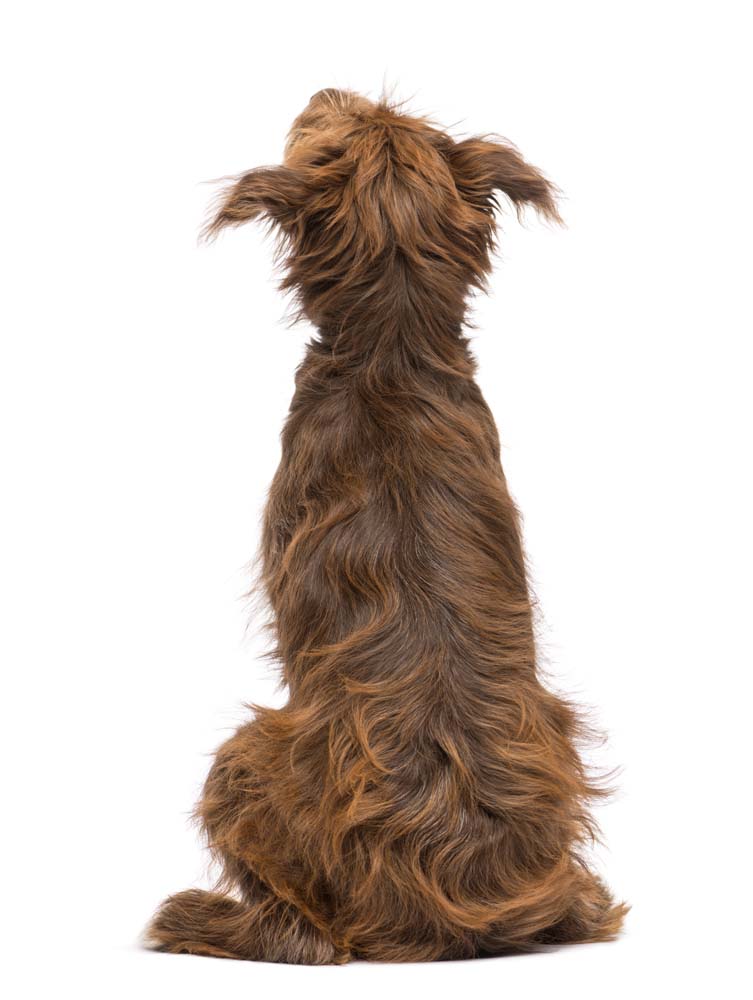Surgery is usually the treatment of choice for tumours that are localized to one area and can be removed entirely without significantly compromising the patient.
The goal of surgery is to obtain wide enough margins in all directions surrounding the tumour to make sure that the entirety of the cancer tissue has been removed. Depending on the tumour type, wider margins can be necessary: the more aggressive the tumour or the more it infiltrates the surrounding tissues, the wider the margins need to be.

The 3 tumours are surrounded by the small circle, the large circle indicates the margin needed to completely remove the tumour
The patient is anesthetized prior to the surgical excision of the tumour. The goal of surgery is to remove all the cancerous tissue. However, this is sometimes not possible and as a result cancer tissue remains necessitating additional treatment. Theoretically, debulking a tumour would make it more sensitive to other therapies such as chemotherapy, radiation and immunotherapy.
Tumours that have recurred are generally harder to remove because the first surgery may deform the tissue allowing the tumour to spread more widely in the surrounding tissue.
All excised tumuors should be examined histopathologically for 2 reasons: to identify the tumour type and to ensure that the tumour has been removed completely.
The mental health of the dog is a factor that should not be underestimated: sometimes the look/face of your pet can change a lot after surgical removal of a (large) tumour. This doesn’t bother the dog him/herself, however, it can alarm the owners, or passers-by and/or raise questions. In general, offering continued attention and love, can reduce feelings of pain in humans and animals. It’s important to avoid boredom, fatigue and isolation in your dog, as this lowers the pain threshold. A regular scheme and environment, sufficient sleep/rest, environmental enrichment, company, sympathy and avoiding unpleasant environments can considerably decrease the inconvenience associated with cancer.
